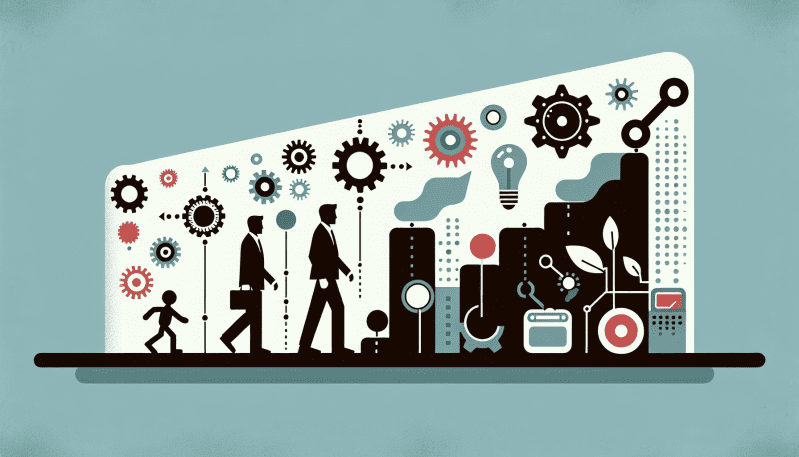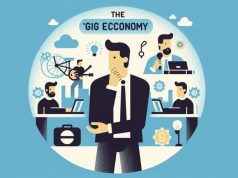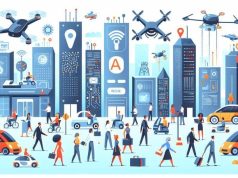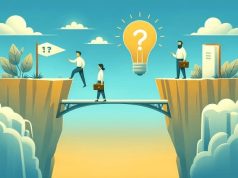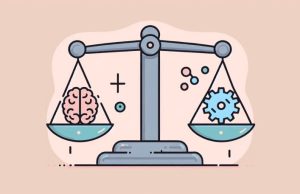As we look upon the horizon of the modern workplace, a striking image emerges—one where the gears of automation mesh seamlessly with the creative pulse of human talent. The narrative of this transformation is not a tale of replacement, but rather one of collaboration and balance. In the ever-progressing era of artificial intelligence and automation, companies are faced with the imperative question: How can they ensure that the symphony of man and machine plays in harmony?
The introduction of automation into the workforce has had a profound impact on job markets globally. With machines taking over tasks that are repetitive, strenuous, or even dangerous, the jobscape is shifting. This shift has kindled fear in some, optimism in others, and curiosity in many. But the fulcrum upon which this balance rests is not in the cold servos of robots, but in the warm hands of human workers, in their ability to adapt, learn, and grow.
Companies leading the transition to this future are not just investing in technology; they are investing in their people. Reskilling and upskilling initiatives are becoming cornerstones of progressive organizations. Take, for example, Company X, which launched a comprehensive program to train employees on AI fundamentals, data analysis, and machine learning—skills that will be indispensable in the automated future. This not only ensures a workforce that can rise alongside technology but also amplifies the innate human strengths of creativity, empathy, and strategic thinking.
The challenge, though, is not purely an economic or technological one. It is deeply ethical. In this marriage of binary and biology, how do we ensure that work remains meaningful? How do we safeguard employee morale in the face of a tireless, unerring robotic counterpart? The answer lies in redefining work itself. We must pivot towards roles that leverage human insight, design thinking, and interpersonal skills—areas where machines have yet to outpace the human spirit.
In the quest for this balance, it is not merely about equipping people with new skills but also about reimagining the workplace culture. Businesses must foster environments that promote human-machine collaboration. Consider the case of Company Y, which redesigned its manufacturing floor to facilitate human-robot interaction, leading to increased efficiency and job satisfaction among employees. The approach involved not only technological adjustment but also a cultural shift towards embracing change as a constant companion.
As we charge forward, it is clear that the future of work is not a zero-sum game between human and machine. Instead, it is a dynamic equilibrium—a dance between the algorithmic and the emotional, the predictive and the passionate. The modern era of work demands a vision that values the unique capabilities of both, and in doing so, crafts a workplace that is inclusive, resilient, and profoundly human. In the end, the true measure of our technological advancement will not be the power of our machines, but the wisdom with which we align them alongside the irreplaceable talent of our people.
















